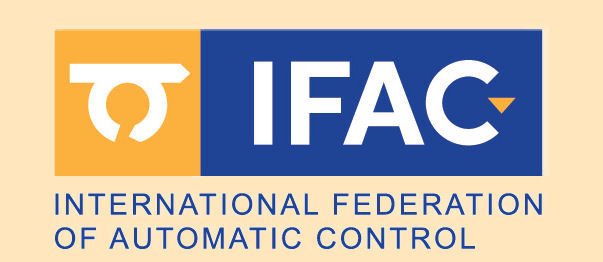| Paper FrAT3.5
Rajaomarosata, Mirado (ENSTA), Jaulin, Luc (ENSTA), Lapierre, Lionel (ENSTA), Rohou, Simon (ENSTA)
Natural Efficient Gaits from Nonholonomic Locomotion Nonlinear Normal Mode (NL-NNM): The Pendrivencar Case
Scheduled for presentation during the Regular Session "Motion and Vibration Control - 2" (FrAT3), Friday, July 18, 2025,
11:20−11:40, Room 107
Joint 10th IFAC Symposium on Mechatronic Systems and 14th Symposium on Robotics, July 15-18, 2025, Paris, France
This information is tentative and subject to change. Compiled on August 2, 2025
|
|
| Keywords Underwater robotics, Entertainment robotics, Mobile robots and vehicles
Abstract
Bio-inspired robots remain far less energy-efficient than animals because conventional controllers impose trajectories that fight passive dynamics, whereas animals exploit resonance through natural nonlinear normal modes (NNM), whose periodic internal motions form a smooth 2D invariant surface; We ask how to define and compute the natural motions of a conservative locomotion system: propulsion arises only from no-slip constraints, and once initiated, a gait persists without actuation—like a frictionless pendulum. We tackle non-holonomic constraints on the Pendrivencar, a vehicle driven by a motorized pendulum with a cubic torsional spring; We introduce the Nonholonomic Locomotion - NNM (NL-NNM): extract a high-speed spectral seed—where chassis oscillations vanish and the pendulum is neutrally stable—refine the periodic orbit, and continue the resulting 2D invariant manifold via pseudo-arclength across three slow center manifolds (stable for positive speed, neutral at zero, unstable for negative) from non-isolated rectilinear equilibria; We demonstrate the first NL-NNM for a moving non-holonomic robot: internal orbits produce a pendulum–chassis choreography whose energy-dependent frequency shifts and harmonic richness exceed linear predictions. Via geometric phase, each orbit yields undulatory straight-line motion. A dual-loop control simulation confirms autonomous path tracking with only the pendulum; Extending to dissipative regimes via non-linear resonant modes offers a path to high-efficiency locomotion in aquatic, aerial, legged, soft-bodied, and other robots.
|
|


 This site is protected by copyright and trademark laws under US and International law.
This site is protected by copyright and trademark laws under US and International law.